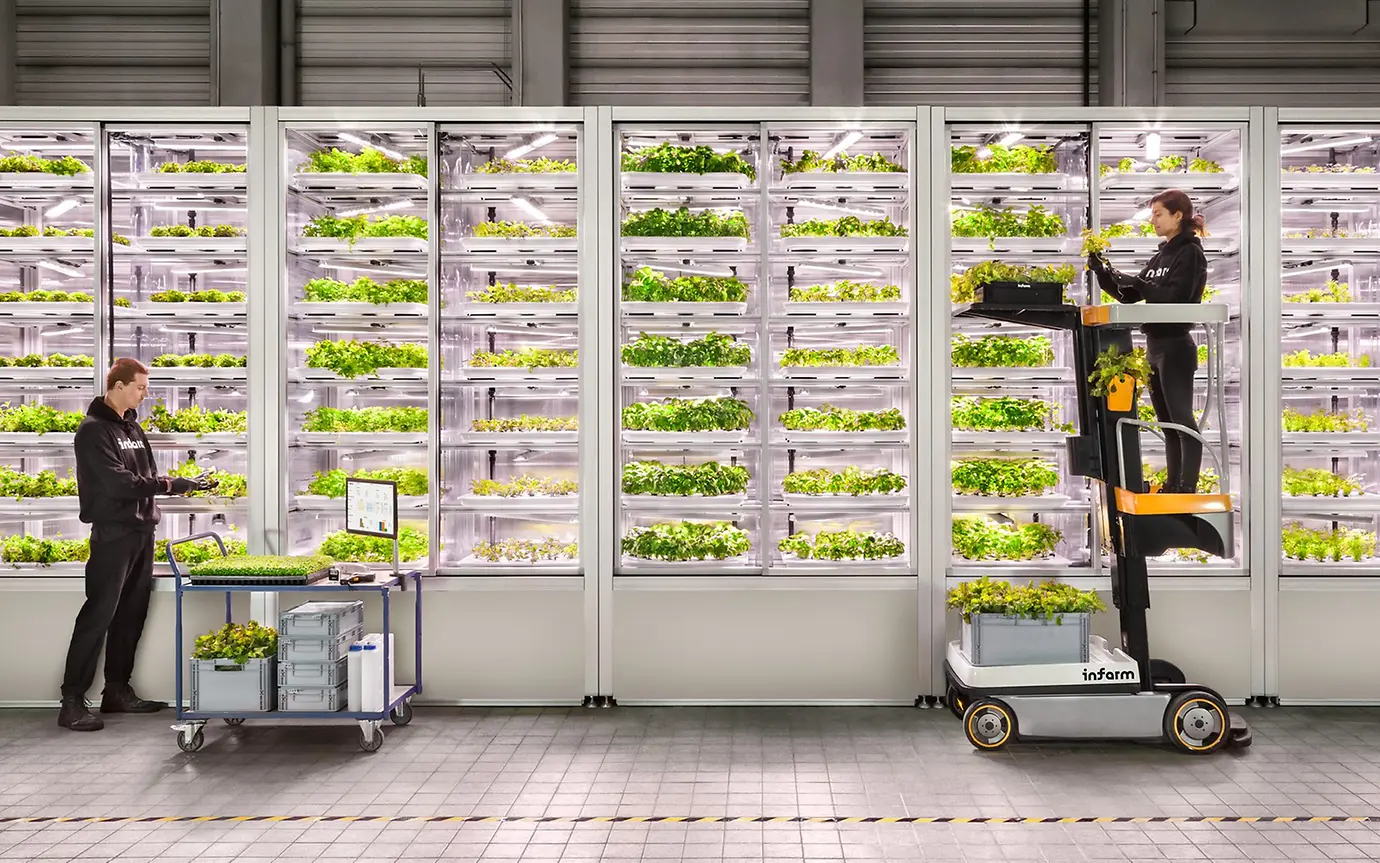Adaptive Cooking Techniques for Dietary Restrictions: A Guide to Flavorful Freedom
Let’s be honest. Hearing you need to follow a new dietary restriction can feel like a door slamming shut on your favorite foods. Gluten-free, dairy-free, low-FODMAP, vegan—the labels can sound limiting. But here’s the deal: they’re not an end to good eating. They’re an invitation to a new beginning. Think of it less as a set of rules and more as a culinary adventure, a chance to get creative in the kitchen.
This isn’t about deprivation. It’s about adaptation. With a few clever techniques and a shift in perspective, you can transform your cooking to meet your body’s needs without sacrificing an ounce of flavor or joy.
The Adaptive Cook’s Mindset: Swapping, Not Stopping
The single most important skill in adaptive cooking isn’t a specific recipe—it’s a way of thinking. Instead of asking “What can’t I eat?”, start asking “What can I use instead?” This simple flip changes everything. It moves you from a place of scarcity to one of abundance.
You know, it’s like being a musician. If your lead guitarist (let’s say, dairy) leaves the band, you don’t just play the song quieter. You find a new musician—a brilliant violinist (maybe cashew cream?)—who brings a different but equally beautiful sound to the music. The song evolves; it doesn’t end.
Mastering the Art of the Substitute
Successful substitution is about more than just swapping one ingredient for another. It’s about understanding the role that ingredient plays. Is it for moisture? For binding? For creamy richness? Once you know the job, you can hire the right candidate.
| If You’re Replacing… | Try This Adaptive Swap… | Because It Provides… |
| Wheat Flour (for thickening) | Cornstarch, Arrowroot Powder, Tapioca Starch | A neutral flavor and a powerful thickening punch. |
| Eggs (for binding) | “Flax Egg” (1 tbsp ground flax + 3 tbsp water), Unsweetened Applesauce | Gel-like consistency and moisture that holds things together. |
| Dairy Milk (in baking) | Oat Milk, Unsweetened Almond Milk | Neutral flavor and similar liquid content. |
| Heavy Cream (for creaminess) | Full-Fat Coconut Milk, Blended Silken Tofu, Soaked Cashews | High fat content and that luxurious, velvety mouthfeel. |
Building Flavor from the Ground Up
When you remove common flavor carriers like butter, salt, and certain stocks, you have to become a bit of a flavor architect. You learn to build depth layer by layer. This is where the real magic happens.
Umami is Your Best Friend
Umami—that savory, “mouthwatering” fifth taste—is the secret weapon for making food taste deeply satisfying, especially when you’re cutting back on salt or meat. Honestly, it’s a game-changer.
- For Vegan/Vegetarian Cooking: Don’t just eat plain vegetables. Roast them! Roasting caramelizes natural sugars and concentrates flavors. Also, lean on nutritional yeast for a cheesy, nutty flavor, and use mushroom powder or soy sauce (or tamari for gluten-free) to add a savory bass note to soups and stews.
- For Low-Sodium Diets: This is where acids and aromatics shine. A splash of citrus juice (lemon, lime) or a good vinegar (apple cider, sherry) at the end of cooking brightens everything up and makes you less miss the salt. Sautéing plenty of garlic, onions (or the green parts of scallions for low-FODMAP), and fresh herbs creates a powerful flavor foundation.
Technique-Specific Tweaks for Common Restrictions
Alright, let’s get practical. How do you apply this adaptive thinking to actual cooking methods?
Baking (The Precise Science… Kind Of)
Baking can feel intimidating because it’s a chemical reaction. But you can, in fact, bend the rules.
- Gluten-Free: This is the big one. Never use a single gluten-free flour and expect it to work like all-purpose. The key is a blend. A simple, reliable starting ratio is 40% rice flour, 30% starchy flour (like potato or tapioca), and 30% protein-rich flour (like sorghum or almond). The rice provides structure, the starch adds softness and bounce, and the protein-rich flour gives it heartiness. And always let your gluten-free batter rest for 30 minutes before baking—it makes a world of difference in texture.
- Egg-Free: For eggs as a binder (in burgers, meatballs, veggie patties), a flax egg or even some mashed potato works wonders. For eggs as a leavener (in cakes), a mixture of baking soda and vinegar can provide that necessary lift.
Sauces & Soups (The Comfort Zone)
This is where dairy and gluten often hide. Creamy sauces don’t need cream.
For a stunningly rich, dairy-free “cream” sauce, soak a cup of raw cashews in hot water for 20 minutes. Drain them, blend with fresh water until silky smooth, and season with a pinch of salt, garlic powder, and a squeeze of lemon. You will not believe it’s not dairy. It’s a blank canvas for herbs, spices, you name it.
And for thickening soups and gravies without a roux (which relies on wheat flour), a cornstarch or arrowroot slurry is your best friend. Just mix a tablespoon of starch with a few tablespoons of cold liquid from your soup, whisk it back in, and watch it thicken beautifully as it heats.
Embracing the Happy Accident
Look, not every experiment will be a home run. That’s okay. Sometimes a “failure” leads to a new discovery. Maybe your gluten-free cookies are a bit crumbly—well, now you have an amazing topping for your dairy-free ice cream.
The goal is to build a kitchen intuition that works for you. It’s about tasting as you go, adjusting, and trusting your palate. Your kitchen becomes a lab, and you’re the head chef-scientist.
So, go on. Raid your spice cabinet. Try that weird-looking root vegetable. Blend those cashews. Your dietary restriction isn’t a cage; it’s a compass, pointing you toward a whole new world of flavor waiting to be discovered. And that’s a pretty delicious place to be.









